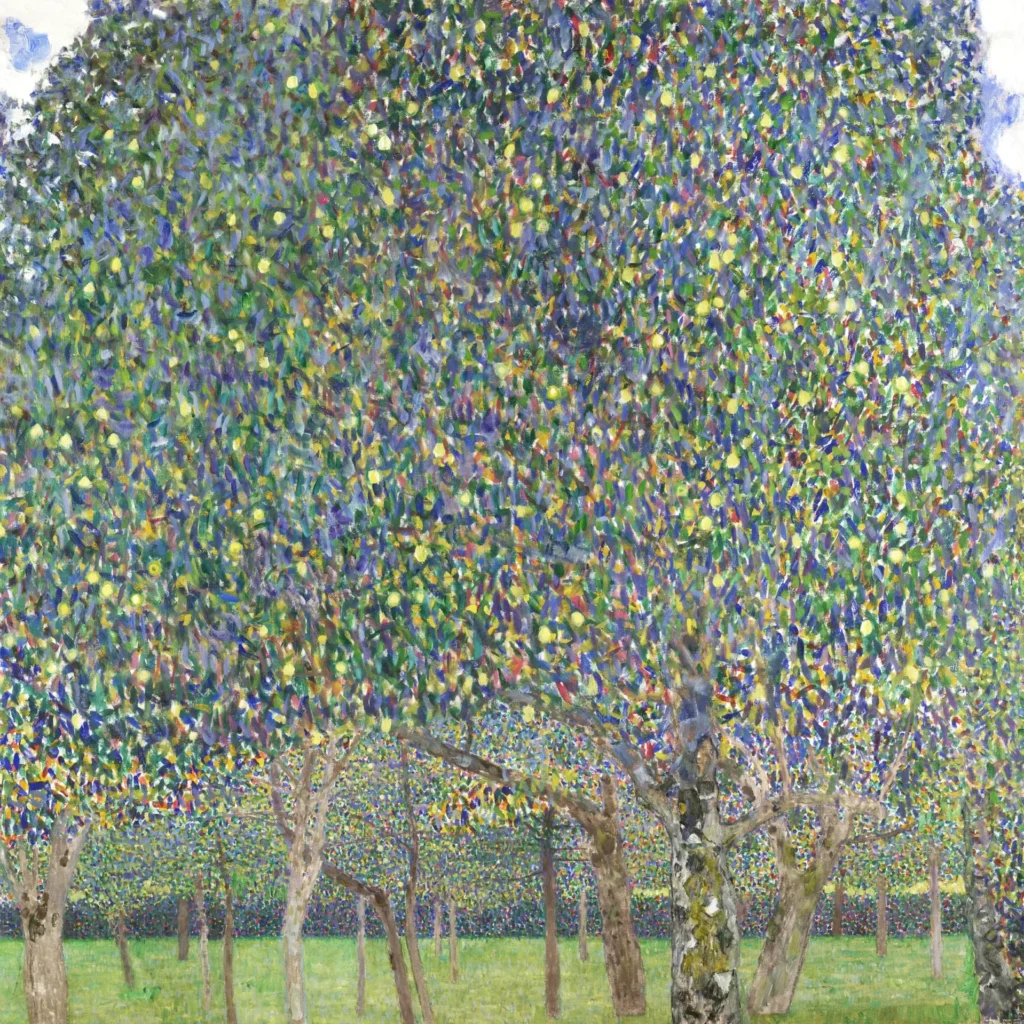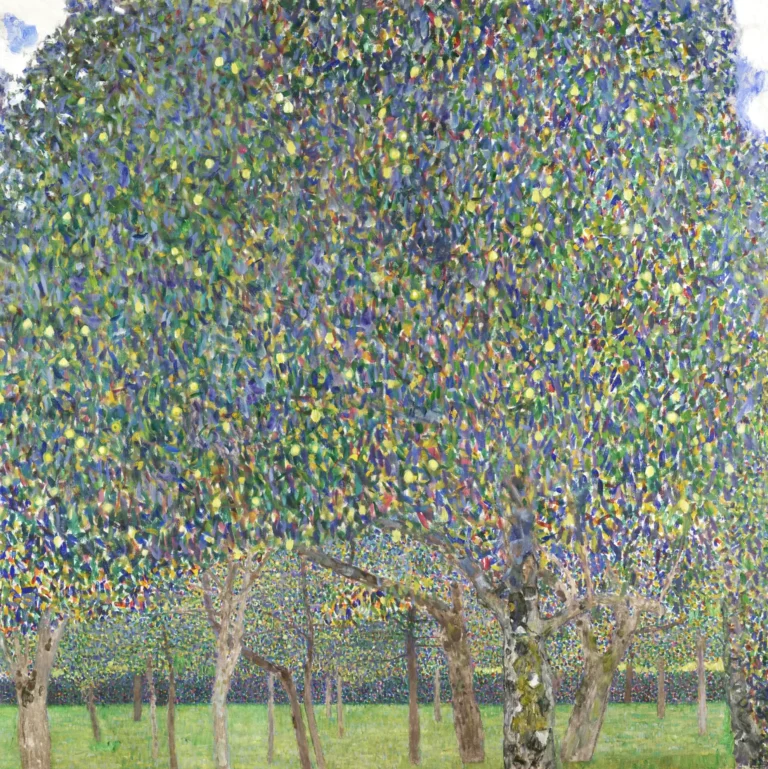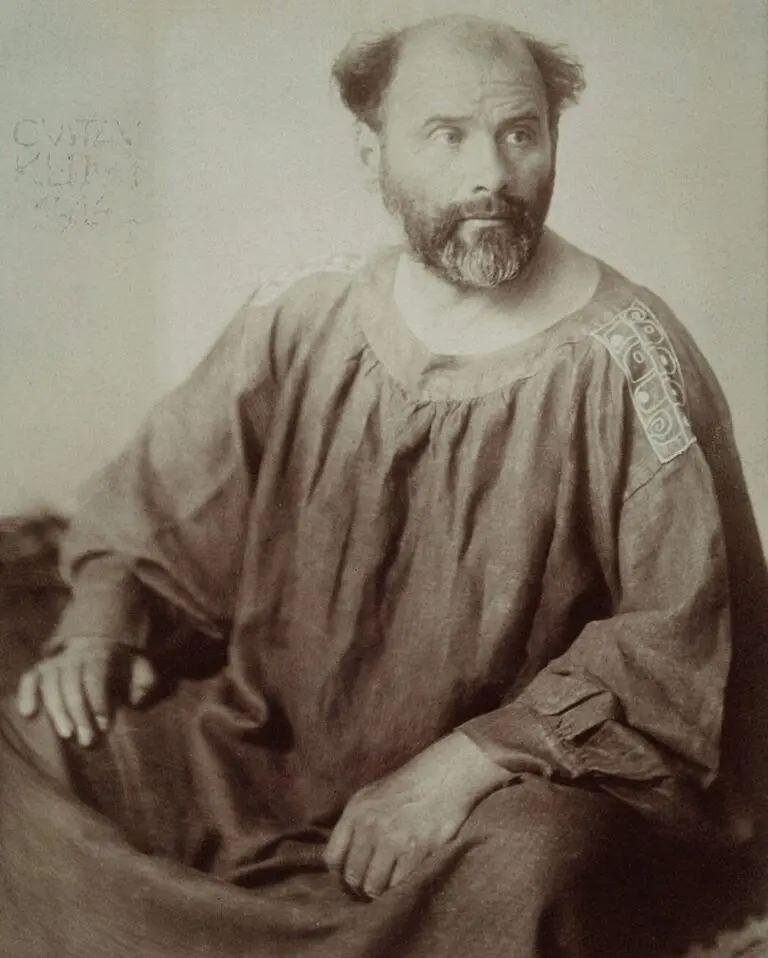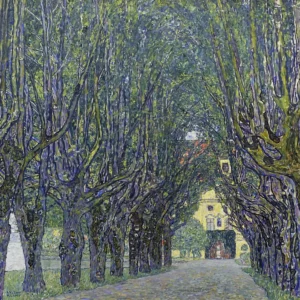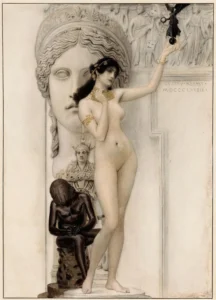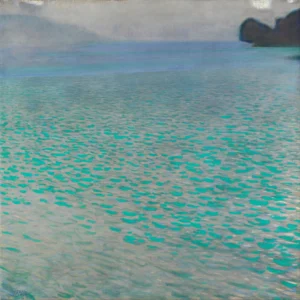Pear Tree (1903)
Created during Klimt's renowned Golden phase, Pear Tree is a radiant depiction of a blooming pear tree that serves as a focal point in the serene landscape. Utilizing oil and gold leaf, the artwork brilliantly combines natural beauty with Klimt's signature decorative style. This early landscape piece marks a pivotal moment in Klimt's evolution as an artist, reflecting the artistic innovations of Vienna at the turn of the 20th century. Currently located at the Busch-Reisinger Museum, it continues to enchant viewers with its rich textures and colors.
Year 1903
About the Artwork
The painting Pear Tree is a stunning representation of Klimt's artistic journey as he experimented with gold leaf and vibrant landscapes. Completed in 1903 while he was at Litzlberg on Lake Attersee, Klimt drew inspiration from the stunning scenery surrounding him. This tranquil setting facilitated his exploration of natural motifs, bridging the gap between realism and ornamental design. As Klimt was a vital participant in the modernist movement, this artwork reflects the cultural climate of Vienna during a transformative era. Pear Tree not only showcases his evolving style but also represents a moment where nature and artistry intertwined beautifully, making it a significant work in the realm of art history.
Did You Know
The period during which Pear Tree was created is referred to as Klimt’s Golden phase, characterized by the incorporation of gold leaf into his works, establishing him as a pioneer of decorative painting.
Klimt often infused symbolism into his landscapes. The blooming pear tree in this painting is not only a representation of nature but also symbolizes prosperity and abundance.
Klimt became an iconic figure in Vienna, influencing numerous artists. His unique blend of ornamental styles significantly shaped the modernist movement in the early 20th century, with pieces like Pear Tree serving as examples of his groundbreaking approach to art.




